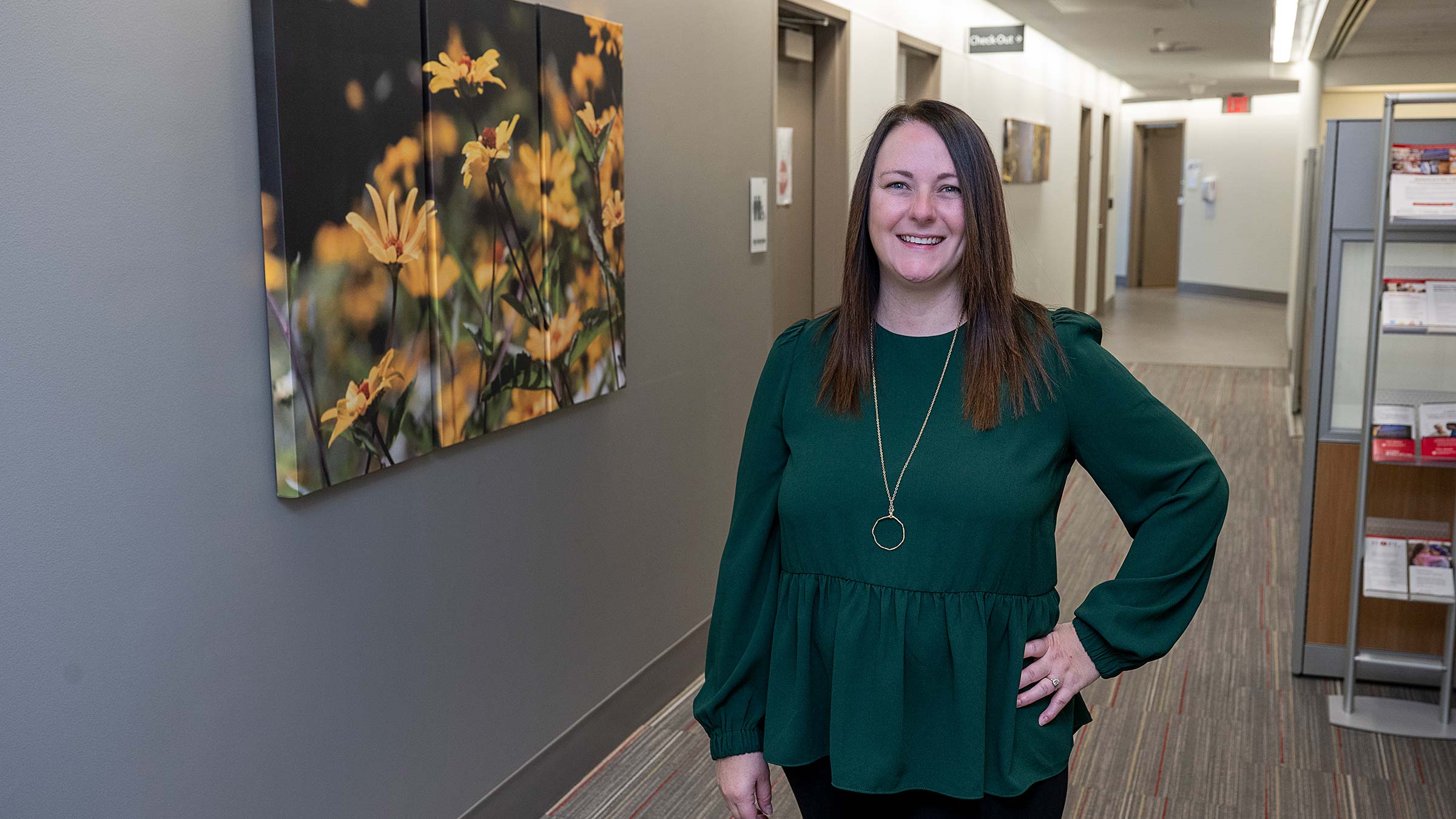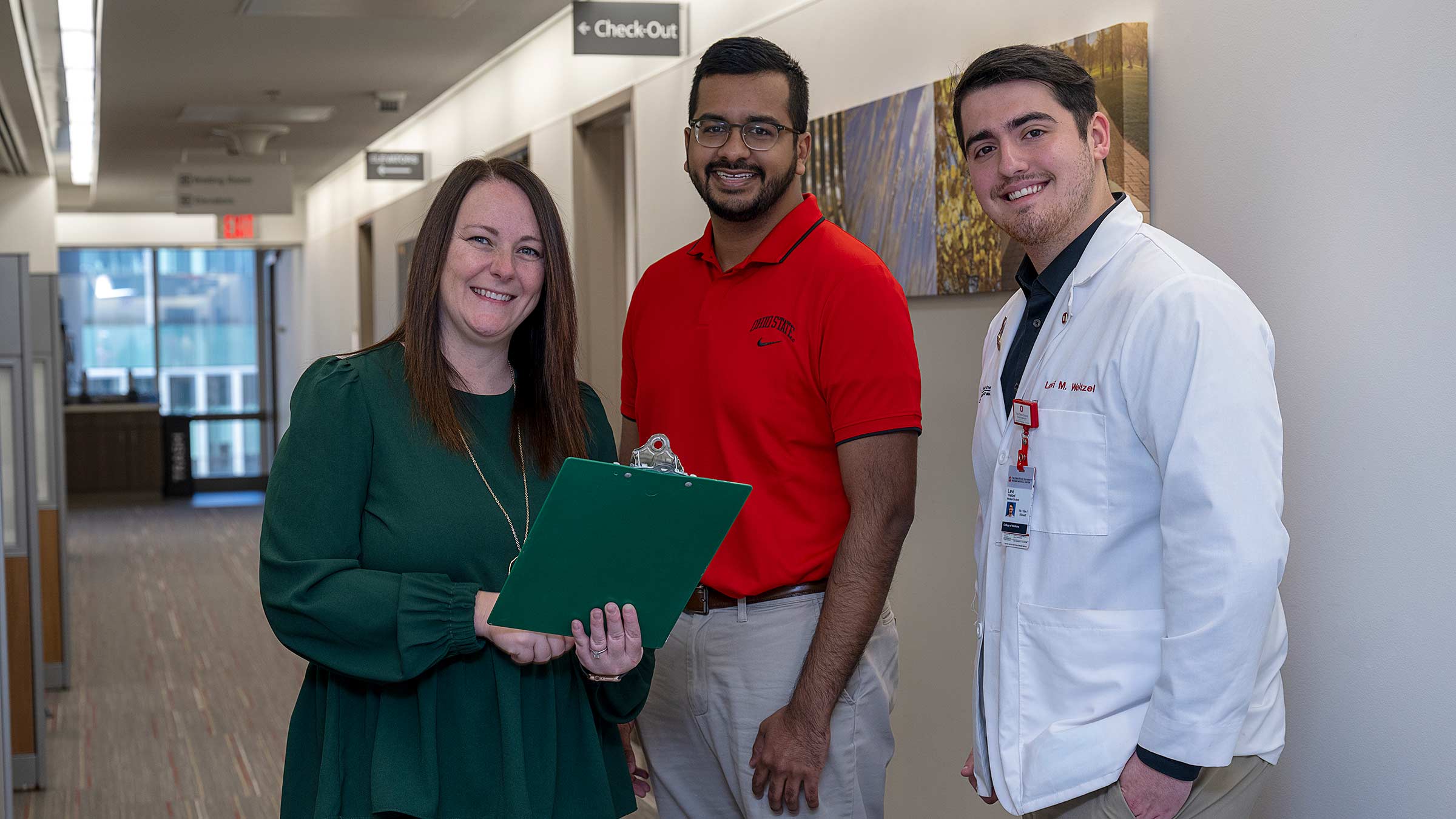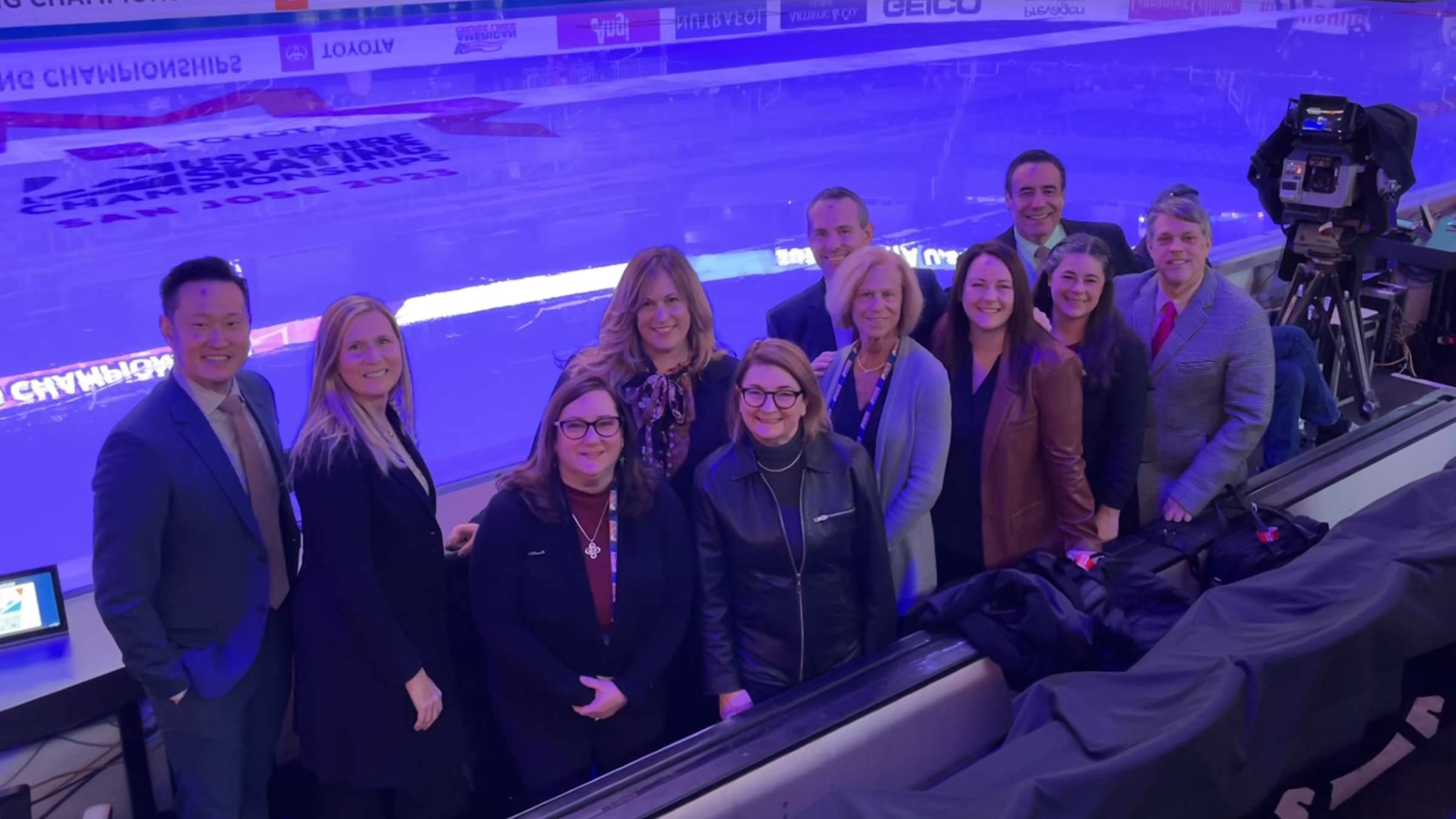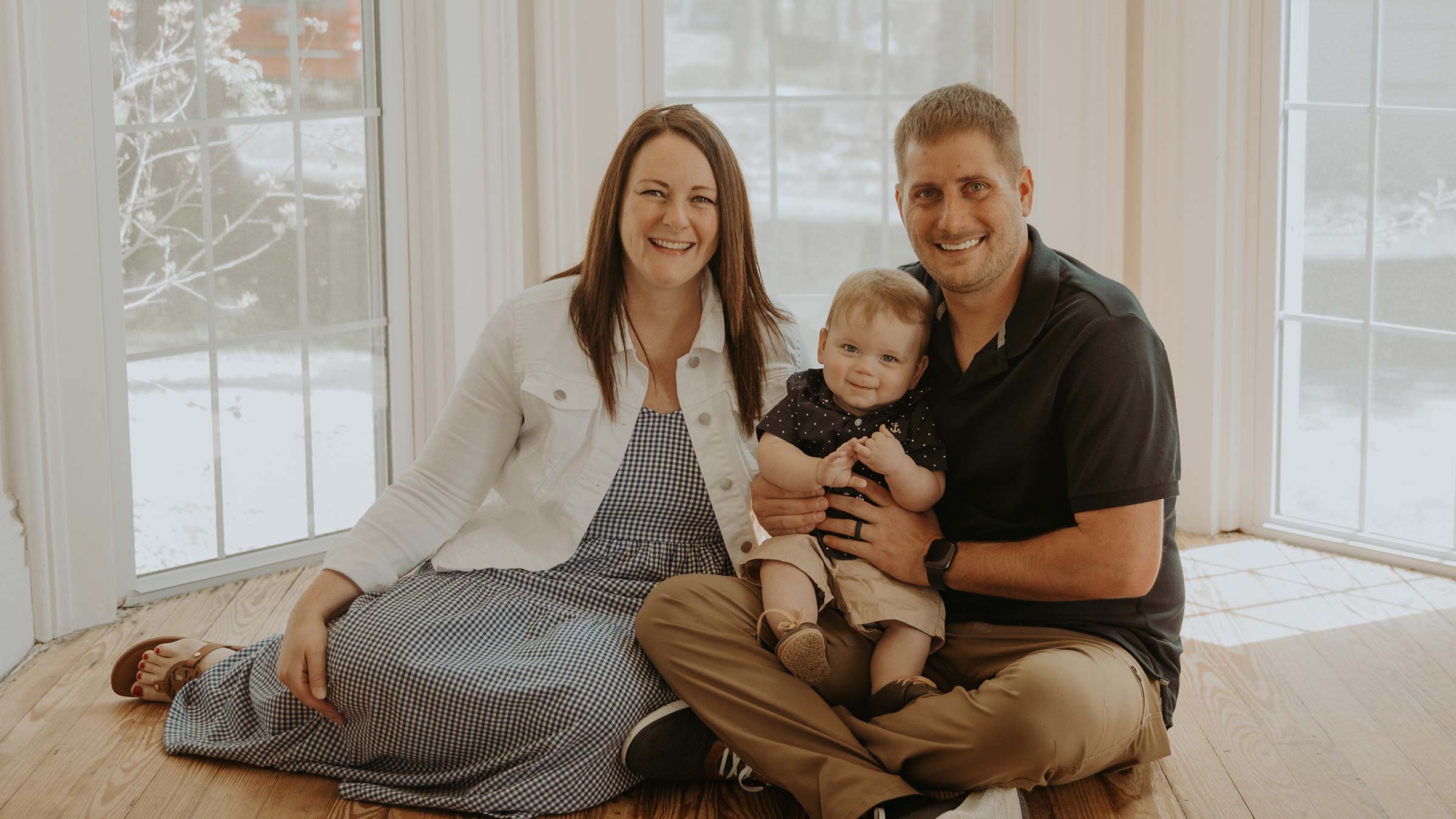Solving the cancer pain puzzle
An Ohio State doctor works to ease suffering and help patients return to the life they had before cancer.
This morning, all the patients of Whitney Luke, MD, MBOE, are in pain.
All have cancer or had it.
Shawn Thoma lies under a blanket, drained from chemotherapy a day earlier and cold, having just come in from the rain.
Slowly he sits up when Dr. Luke takes the chair across from him. He’s 55. He sold Harley Davidsons and sang in a classic rock band until six months ago, when suddenly he found it hard to breathe. A lung cancer diagnosis would soon follow.
Though the tumors in his lungs have shrunk, he has sharp, constant pain around his chest, on his right side and lower back. A 7 or 8 on a scale of 1 to 10.
“Does anything make it better or worse?” asks Dr. Luke, medical director of oncology rehabilitation for The Ohio State University Comprehensive Cancer Center – Arthur G. James Cancer Hospital and Richard J. Solove Research Institute.
Thoma shakes his head.
The three painkillers he takes every day don’t help much. That’s why he and his wife, Lisa, drove almost two hours from their home in Findlay, through the rain, to be here this morning.
Dr. Luke suggests Thoma try a device that targets electrical currents to his back, stopping the pain signals from reaching his brain.
She also recommends a nerve block, an injection to numb the area now causing him pain.
“It’s a good first option,” she says.
For weeks, possibly months, the nerve block could stop or cut the pain enough so Thoma can sleep and eat better. Whatever he can do to stop the pain, he’ll do. He wants the nerve block.
With cancer comes pain for many people. Dr. Luke has spent her career creating new avenues for them to find relief, regain strength and sometimes completely recover from the side effects of cancer or the treatments to overcome it.

Filling an unmet need for cancer patients
Growing tumors can press against bones, nerves or other organs in the body. Chemotherapy, too, can cause pain. Even among those who survive cancer, many have lasting pain or other chronic symptoms: numb hands and feet, swelling, nausea, fatigue.
Beginning while she was a resident doctor at The Ohio State University Wexner Medical Center, Dr. Luke noticed how much some patients with cancer suffered. She wanted to do more for them.
As a doctor of physical medicine and rehabilitation, she helps people recover from disabilities caused by a disease or accident. At Ohio State’s Dodd Rehabilitation Hospital, patients receive daily therapy to help them recover from their disabling injuries or conditions. But when Dr. Luke began, there was no team at Dodd experienced in treating patients with cancer.
So, Dr. Luke created one. She led the team of physical and occupational therapists, nurses and a psychologist, all of whom were savvy about the specific needs of patients with cancer and survivors of the disease.
Two years later, in 2015, she started an outpatient rehabilitation clinic where patients with cancer can see not only a doctor about their pain but on their first visit, a psychologist as well.
“I think patients with cancer need a lot of supportive care,” says Dr. Luke, a professor and The Dr. Ernest W. Johnson Chair of Physical Medicine and Rehabilitation at the Ohio State College of Medicine.
“It’s not just one thing I can offer. I may not be able to cure their pain with an injection. Yes, they have pain. But sometimes they also have existential worry.”

Growing need for cancer recovery
Under Dr. Luke’s leadership, the cancer rehabilitation program has flourished and it’s poised to grow even more as new cancer treatments allow many people to live longer.
“Before, a cancer patient might go to a nursing home or home with support, or they might stay in the hospital longer because their pain wasn’t under control,” says Sheital Bavishi, DO, associate professor of Physical Medicine and Rehabilitation at the Ohio State College of Medicine.
People with cancer now have a variety of options to ease their pain, Dr. Bavishi says.
“So, patients aren’t in constant pain and thinking about their next dose of medication.”
Why people don’t feel pain the same way
Pain is subjective. What feels like strong pain to one person, might feel mild to another. Everyone’s nerve fibers and their brain can react differently to the same sources of pain. That’s partly why Dr. Luke finds pain so fascinating, and sometimes challenging to heal.
“I have some patients with metastatic cancer. They’re not on any pain meds,” she says. “They’re still working. They say they have no pain.”
Some procedures Dr. Luke’s team performs to dull or take away pain don’t use medication, such as spinal cord stimulation, in which an implanted device uses low levels of electricity to block pain signals. Sometimes physical therapy can relieve people’s pain.
“People can become tolerant to medication, so if we can control the pain and use less medicine, that’s what we try to do,” Dr. Luke says.
Expanding rehabilitation care for cancer and beyond
Among Dr. Luke’s goals is for Dodd to become one of the top 10 rehabilitation centers in the nation. Newsweek has consistently ranked it Ohio’s top rehabilitation center.
That’s partly because of the work Dr. Luke has done to support staff and patients at Dodd. Colleagues credit her with being a leader who can relate to staff at all levels, someone with a vision for growth and constant improvement.
“She shows this almost 360-degree awareness and understanding of the bigger business of a major academic medical center,” says Jayesh Vallabh, MD, a clinical assistant professor of Physical Medicine and Rehabilitation.
“That’s something I learned in business school, but that’s something she already had.”
When Dr. Luke had the foresight in 2015 to begin the inpatient and outpatient cancer rehabilitation program, only a handful of hospitals across the country had similar programs, Dr. Vallabh says.
“Not a lot of people were even talking about cancer rehabilitation at the time,” he says.
Growing up on the ice
Long before Dr. Luke was a physician and a department chair, she spent many hours a day on ice, perfecting jumps, figure eights and other intricate moves. The drive and focus needed to excel as a competitive figure skater stayed with her.

Her dad was a speed skater, but with no speed skating rinks in Springfield, Illinois, where she grew up, she focused on figure skating. She liked the individual nature of the sport. If she worked hard, she could achieve. And she did.
Making figures on the ice, spinning, jumping, she did it all, and often on the national stage. She went on to become a judge, which she continues to do several times a year for figure skating events.
The ambition that got her up at 4 a.m. to get to practice before school, then another after school, never left her.
She always strives to learn and do more. She has board certifications not only in physical medicine and rehabilitation but also in pain and addiction medicine. Recently, she got an MBA, her second business-related master’s degree.
Leaning in while finding balance
Among the many roles Dr. Luke has had over the years, her hardest and yet her favorite is one of her newest: being a mom.
Throughout her maternity leave, she answered emails and spoke to colleagues when they needed her.

“I’m working on not feeling guilty because I missed something for my son and not feeling guilty because I missed something at work,” she says.
But this morning, she didn’t miss out. Her son woke up early, so she could see him before leaving for work. And this morning, in between patients and responding to a long list of emails, a nurse asked about him.
“You wanted to see a picture?” She reaches for her phone.

Learn more about oncology rehabilitation programs
At The James, there is no routine cancer. Our experts develop and deliver the most advanced targeted treatments leading to better outcome and more hope.
Learn more



